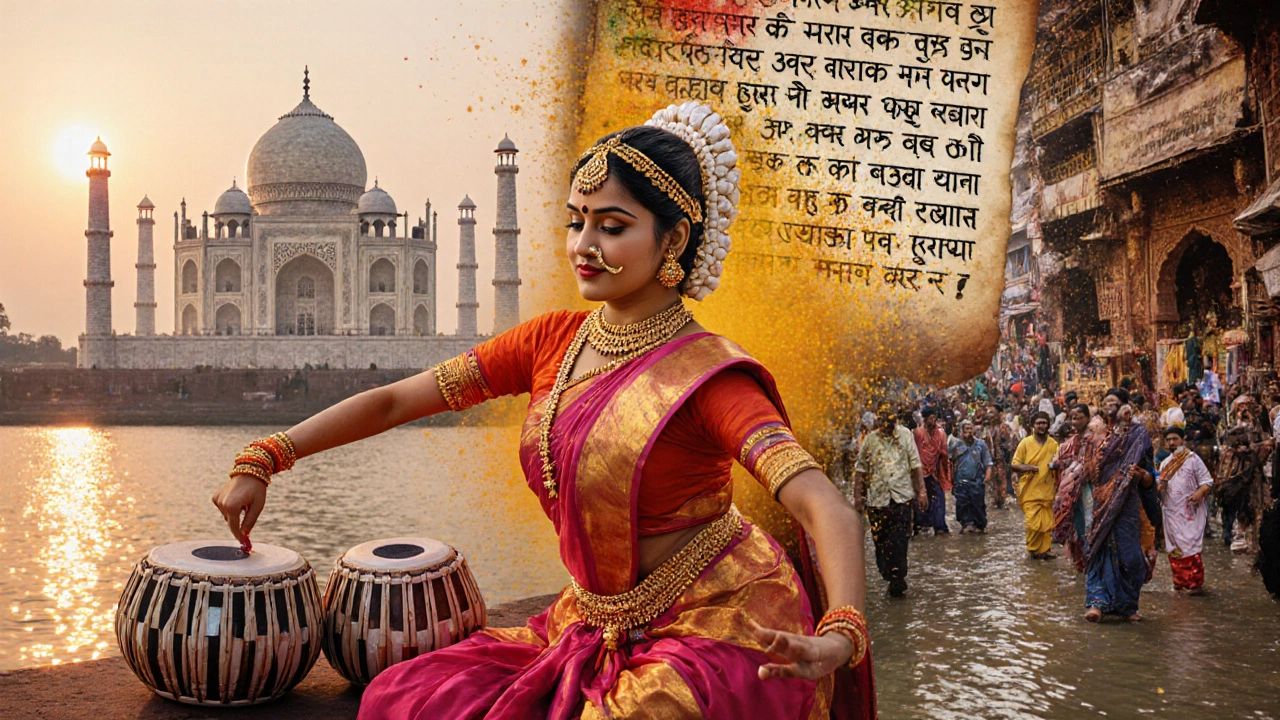
Explore India's cultural heritage, from iconic UNESCO sites like the Taj Mahal to living traditions such as dance, music, and Ayurveda, and learn how to protect them.
When diving into Indian history, the long‑lasting record of societies, empires, and cultures that have shaped the subcontinent. Also known as History of India, it stretches from the Indus Valley civilization to today’s digital age, weaving politics, art, and daily life into a single tapestry.
Indian history isn’t just dates on a timeline; it lives in the stone, soil, and stories of heritage sites, protected monuments, forts, and archaeological zones that preserve ancient achievements. Madhya Pradesh, for example, holds the national record with over 1,500 heritage sites, outdoing neighboring states and offering a road map for anyone tracing empire trails. Those sites act as tangible chapters, letting travelers read the past like a living museum.
The narrative continues with the oldest cities, places like Varanasi and Ujjain that have been inhabited for millennia. Their narrow lanes, riverbanks, and temples echo daily rituals that have survived countless dynasties. When you walk those streets, you’re stepping into a continuous thread of human experience that Indian history preserves.
Another layer adds spiritual geography: the Char Dham, a quartet of Himalayan pilgrimage sites that shape religious tourism and regional identities. Though Kedarnath isn’t part of the original Char Dham, its story illustrates how pilgrimage routes evolve alongside historical narratives. Indian history therefore shapes, and is shaped by, pilgrimage circuits, heritage conservation, and urban continuity.
Below you’ll find a curated set of articles that dig deeper into these themes—whether you’re planning a heritage‑site tour, chasing the vibe of India’s oldest cities, or mapping out a Char Dham pilgrimage. The collection connects directly to the ideas explored here, giving you practical tips and richer context for your next adventure.

Explore India's cultural heritage, from iconic UNESCO sites like the Taj Mahal to living traditions such as dance, music, and Ayurveda, and learn how to protect them.